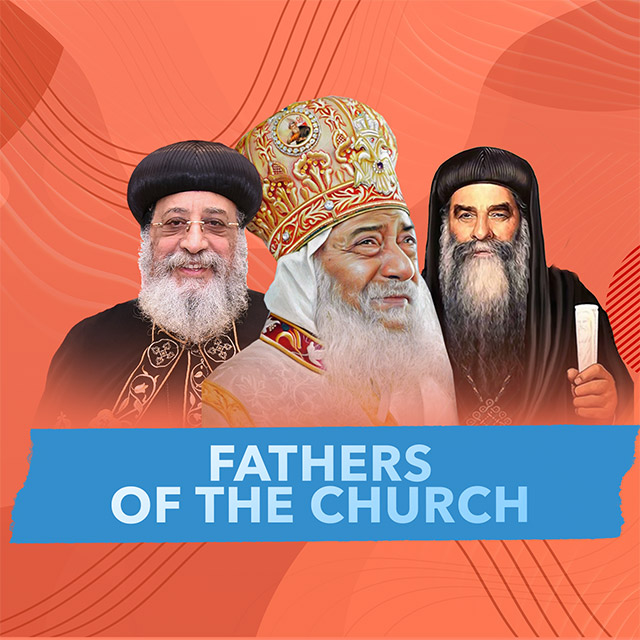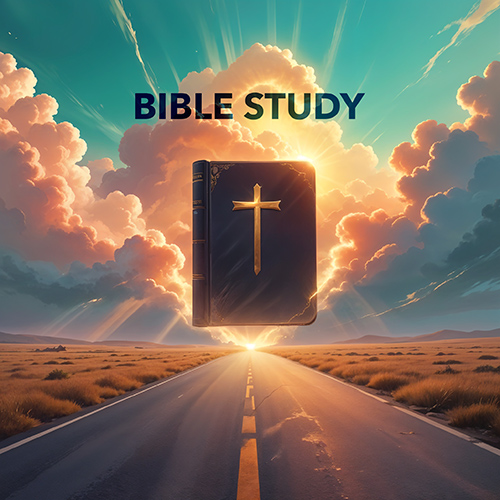The church should be illuminated during prayer, especially during the Divine Liturgy. The purpose of lighting in the church is not just for necessary illumination but also to signify the presence of God, who dwells in unapproachable light (1 Timothy 6:16) and who illuminates the world. Since the church represents heaven on earth, it must be lit accordingly. The lights also symbolize the burning faith and love in the hearts of Christians toward God and His saints and, above all, to manifest the church in glory and splendor. Just as when Christ was transfigured on the mountain, a bright cloud overshadowed Him, His face shone like the sun, and His clothes became as light, so too are candles lit before the altar to remind us always of this glorious transfiguration and that the Lord manifests Himself in His church as He did on that mountain (Matthew 17). #### Divine Command It should be noted that lighting candles in the church is a divine command. God commanded that the lampstand be lit in the Tabernacle of Meeting before the altar of incense and the showbread table. It is known that the lights were not symbolic to be abolished but remained and will continue to be. The lampstand was continuously lit day and night because it accompanied the offerings, which were presented in the morning and evening. #### Divine Tradition The Lord made His Passover at night, during which candles and lamps were lit. Therefore, the church maintained this tradition, continuing to light candles and lamps even during daytime prayers, to recall exactly what the Lord of Glory did. As stated in the book *Rihana Al-Nufus*, p. 131, “Since the Lord first established it at night, and the Christian feasts known as Love Feasts were celebrated in the evening, the use of light remained afterward to maintain complete resemblance between them.” #### Apostolic Tradition The Book of Acts mentions in chapter 20 that the disciples were gathered on the first day of the week to break bread, and there were many lamps in the upper room where they were gathered. This means that the lamps were lit during the breaking of bread and remained until Paul finished his speech. This aligns with what the apostles commanded, as mentioned in the *Didascalia*: “The church must be illuminated with many lights like heaven, especially during the reading of the Holy Scriptures” (*Didascalia* 10:35). It has become customary to double the lights during the sacred service and to light candles before the sacraments, as well as whenever they are moved from one place to another, just like the star that indicated the place of Christ. In Peter’s letter to Clement, it is stated: “Lights are lit in the church with candles and lamps, and they should be very bright.” #### Indicating the Greatness of God Lighting candles in the church is suitable to signify the greatness of God, who holds the seven stars (Revelation 2:1), and before His throne, there are seven lamps of fire (Revelation 4:5). The vision in Revelation shows the Son of Man among the seven golden lampstands, clothed with a garment down to the feet and girded at the chest with a golden band (Revelation 1:12). The lights correspond to God, who is clothed in majesty and splendor (Psalm 93:1; 104:2). #### Corresponding to the Word of God The lights correspond to the Word of God. Saint Jerome said, “The church lights candles during the reading of the Gospel to express its joy at the Good News heard from the Gospel about Jesus, the Light of the world.” The wise man said, “For the commandment is a lamp, and the law a light; reproofs of instruction are the way of life” (Proverbs 6:23). King David also said, “Your word is a lamp to my feet and a light to my path” (Psalm 119:105). #### Reminding Us of God’s Promises The lights remind us of the saints who shine like the sun in the kingdom of their Father (Matthew 13:43). They remind us of the position given to us by the Lord when He said, “You are the light of the world.” (He came to give light to those who sit in darkness and the shadow of death (Luke 1:78), and He is the true light that gives light to every man coming into the world (John 1:9). He is the Light of the world, and whoever follows Him shall not walk in darkness but have the light of life (John 8:12). In His light, we see light. David said, “In Your light, we see light, O Lord.” Corresponding to the Service of the New Covenant Since the ministry of the Old Covenant required light, how much more should the ministry of the divine mysteries be conducted in greater glory and splendor due to its higher nature? If the ministry of death, engraved on stones, was conducted in glory, how much more should the ministry of the Spirit be in glory (2 Corinthians 3:7-8)? For all these reasons, the Universal Church used lights during the sacred service, and even the Protestants, who do not use lights during their prayers, confirm this fact. The author of *Rihana Al-Nufus* mentions on page 130, “The use of candles in temples began in the third century,” and Jerome, who lived in the fourth century, said they were used even during the day.
Related Knowledge Base Posts
- Why do demons ake control of some people? (4 minutesread)
- How did we receive the Holy Scriptures?, what is the composition of the bible? (1 minuteread)
- How the Old Testament Books Came to Us: (1 minuteread)
- What is the truth behind the Guardian Angel in the Orthodox Church? (2 minutesread)
- What are the main features about the Coptic Calendar of Martyrs? (2 minutesread)
- What is the Church’s ruling on a person who leaves their faith and then returns?* (1 minuteread)
- What are the signs of the second coming? (5 minutesread)
- How did Saint Augustin describe his mother? (1 minuteread)
- What are the various names of God in the Bible? (3 minutesread)
- What are the Seven Sorrows in the Life of the Holy Virgin Mary? (1 minuteread)
- Glory to God, so why do we glorify the Virgin Mary? (2 minutesread)
- Can you give us a brief history of Egypt through the Ages? (3 minutesread)
- What happened to those who attacked the Holy Bible, and what happened to their ideas? (2 minutesread)
- What is the Feast of the Transfiguration? (3 minutesread)
- Why were Moses and Elijah with Christ on the Mount of Transfiguration? (2 minutesread)
- Can you explain the creatures mentioned in Chapter 13 of the Book of Revelation? (4 minutesread)
- Is there a conflict between God and Money? (6 minutesread)
- What is the Christianity’s view on Magic? (2 minutesread)
- Why would God allow Satan to tempt him? (2 minutesread)














